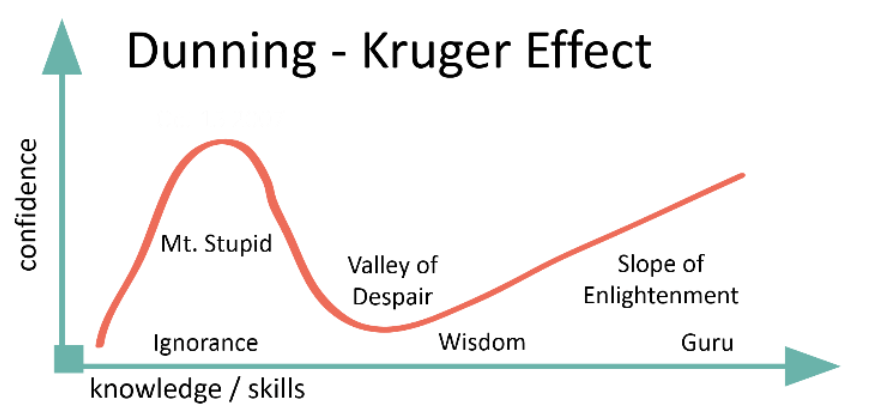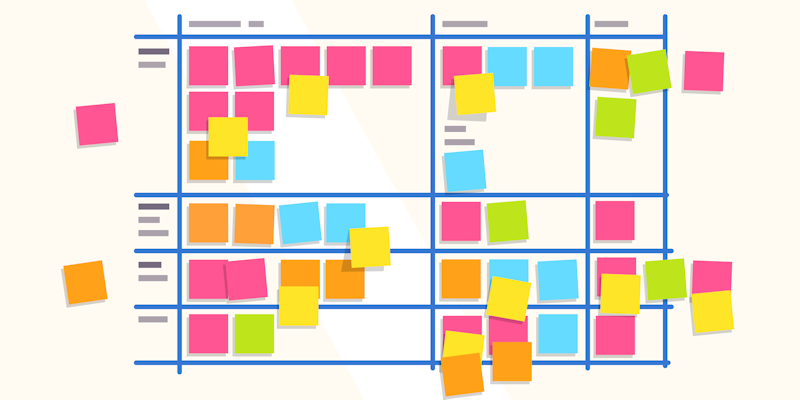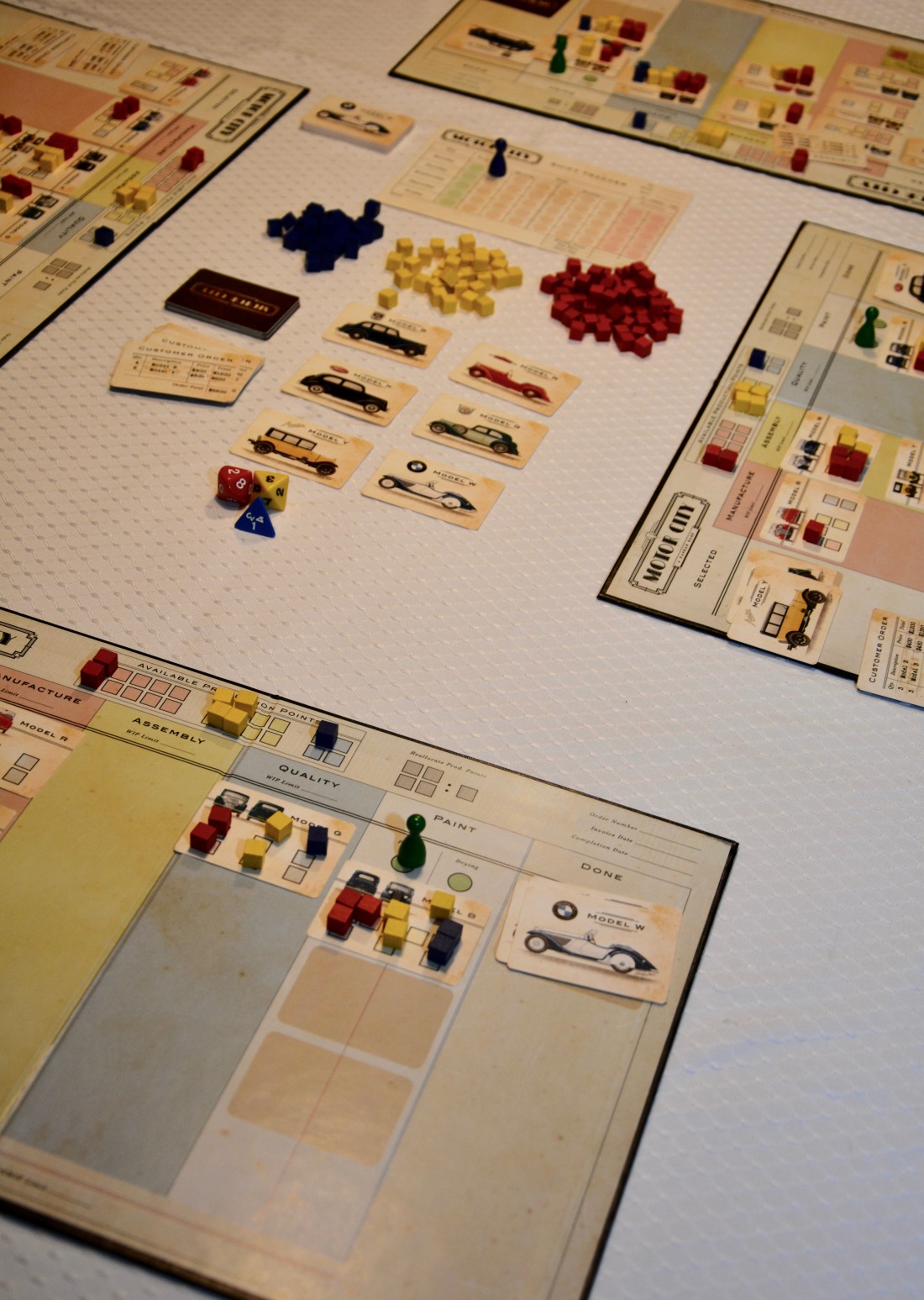After [reading / posting] a recent article on waste, (read it here), someone asked me why we shouldn’t do work that we will need later if it is more efficient to do it now? You have already dug the hole—doesn’t it make sense to do all the work in that area together?
This is very similar to the argument for splitting stories horizontally along business layers: “We can be more efficient if we optimize and specialize.”
Yes, you might achieve local efficiencies by taking these steps. But local efficiency is not the most important factor in your decisions. Efficiencies and optimizations need to be considered in the context of the whole system.
The primary goal is to Maximize Value Early
For both project and support work, our goal is to maximize value for our organization, and to realize this value as early as possible. In a consultancy firm, there is a slight abstraction, as work is paid based on time and materials, and these steps are distributed between client and team. Regardless of who owns the following steps, success depends on shared awareness of these priorities.
The 4 Steps
The four steps are designed to focus our energy where it will have the most impact first, and then building upon the previous step by shrinking the focus area through each subsequent step. Hence they are in descending order of impact.
1 – Prioritization
(Selecting Which Project/Product to Build Next?)
The most important decision your organization needs to make is which work will bring the most value NEXT. This has the most impact on your company’s bottom line, so should get the lion’s share of effort and focus.

Describing the value a project will bring is far and away the most important aspect of software delivery. If possible, create a formula for calculating business value to help with these decisions. If you are unable to quantify or qualify the value to the organization of the work being undertaken (at a high level), then you are likely working on the wrong thing and all other actions you take could be waste.
Some projects/products will obviously bring in huge amounts of revenue. Others may save huge costs in manual entry and work-hours. Some may support business-critical systems that, if not supported, create extensive risk and potential cost. A project might also fulfill a safety or regulatory concern, or business objective.
Naturally this is complicated and can be difficult. Priorities change. Time factors and organizational politics come into play. A lot of the time you will be making informed guesses about value and costs. But this decision dwarfs all of the others in the impact to the bottom line, so is critical to put the right amount of effort here.
I would consider this to be the responsibility of the Program Manager or Project Management Office, but I see the responsibility to be to identify the projects that will bring most value to the organization as the end of their role. “Day-to-day Project Management” responsibility lies elsewhere.
I would however strongly encourage this decision-making process to be transparent and inclusive. Hold a regular Project review board and invite the stakeholders. Make the process clear and help everyone understand how the decisions are made. I would also suggest a visible roadmap of work planned.
Finally, I would encourage you to not plan beyond your company’s horizon. If new work is likely to emerge in the next 3 months that may significantly change priorities, then only plan for 3 months. Only start a product or project at a point you feel committed and certain it will be completed. Starting something with the expectation of pausing or pivoting suggests it wasn’t the most important thing to work on next.
2 – Direction
(Product Ownership – Building the right Product)
Whether this a new product or supporting an existing product, it is important to ensure that you build the right product, Product Ownership is covered in lots of detail in other places so I won’t go in to details but I suggest watching this video:

Like prioritization in Step 1, the most important responsibility in Product Ownership is Maximizing value–Are you working on the most valuable thing next? You do this through experience and through feedback from users and stakeholders.
Feedback is crucial. To get frequent user feedback, you should be thinking about how you intend to deploy your software and then update it regularly. You should be thinking of this before or with your first story.
Deployment and ongoing updates should not be an after-thought.
Product Ownership is also about maximizing the work not done. The product should meet the needs and goals but only do what is necessary. There will be a point when the returns diminish. All work carries an opportunity cost, and at some point your time is more valuably spent elsewhere. Understanding this is vital.
Finally, I want to stress the importance of getting value to the customer quickly. Value is only realized when the software is used. We should be striving to getting the software in use as soon as possible. This may be in an unfinished state. It may be only a partial solution, but it should be adding value. e.g. it can be used alongside an existing product, or it could be used for this workflow but for another you use another tool etc.
Feedback from people actually using your software is the most valuable feedback you can get.
Just like prioritizing projects, prioritizing stories has far more impact on the success of the project than the following steps.
3 – Quality
(Build the Product Right)
Building the right product is more important than building it right. Building the wrong product is just a waste. But that doesn’t mean that quality is not important.
Quality means doing it right when no one is looking.
Henry Ford
When assessing cost of software, it is easy to focus on the initial development cost alone. But support maintenance and future enhancements all fall into the total lifetime cost of a product. The cost of defects magnifies over time, and the cost of supporting poor quality code is significantly higher and more risky. Re-learning and knowledge transfer are painful and costly to an organization and I can think of numerous examples where companies have been forced to abandon projects or replace software because they lost a key employee who had the knowledge locked in his head–or software so fragile no one dares touch it.
Good practices such as Test Driven Development, Pair Programming, Behaviour Driven Development and Automated Regression Testing may seem costly at first. But when considered in the context of lifetime cost, they are a sound investment. More importantly, they enable the right business decisions to be made because there is a confidence in the software.
Quality code with a solid set of tests enables refactoring and new features to be added with the knowledge you are not causing unintended consequences elsewhere by breaking older functionality. This reduction in risk is a considerable advantage, especially when supporting older applications.
This is not a carte blanche to gold plate or over-engineer. Quality Code is the right code for the story and No More. We write just enough to satisfy the story and we write it well. Over-engineering applies to the GUI too–we don’t add features or over-engineer.
4 – Efficiency and Improvement
(Building it Better and Faster)
By this point we should be working on the most valuable product to our company. With that taken care of, our next focus is to work on the most valuable feature or story for our users/customers. We should be doing it in a manner that enables us to be confident in the work and able to expand it later.
But guess what? You can do it better. We should reflect on the decisions we made and how we make them. Are we making the right decisions? What helped us make those decisions? Are we making the wrong decisions? If so what could we change to avoid repeating those mistakes.
The reflection and improvement should be done at all steps and should incorporate the learning from all stages. If we continually look for ways to improve we will get better and better.
If you always do what you always did, you’ll always get what you always got
Henry Ford
What about efficiency of developer effort?
So what of the original question about being more efficient with horizontal splitting of stories, or the perceived inefficiency of re-working the same area of code later?
It is a question of impact and perspective. In both cases the question is founded on ‘efficiency’ being a measure of the developer’s efforts. What I would like you to consider is that in terms of delivering value to your users and ultimately your company efficiency should not be measured in terms of developer effort, but should be measured in terms of delivered value.
Efficiency should not be measured in terms of expended effort, but should be measured in terms of delivered value.
The most valuable decision is to work on the right project – this dwarfs all other decisions by an order of magnitude. But it is at a different level of scope than this question.
The next most valuable decision is what to work on. This generally best considered from the perspective of delivering value to the customer quickly and of being able to respond to their changing and emerging needs.
When we split horizontally or when we do extra work, we know we will need later we may give the appearance of making more efficient use of developer effort, but in doing so we reduce our ability to adapt to changing needs and more significantly we delay the time to deliver the next most valuable feature.
This is an example of working with a waterfall mindset. The measure is that while it delays us this week, we will make back the time next month or next year. So if we are not planning to deliver this to our customer until next month or next year, it might appear to make sense. But you may not have considered two factors.
If we are deploying frequently, we are realizing value with every release and in the value of our software isn’t massively more than the cost of developer time to create it, then it is likely we shouldn’t be working this project at all. So ultimately the cost of developer effort for having to rework the same code later for a new feature is insignificant to the value gained by delivering sooner. We should measure ourselves based on value delivered not the effort to deliver it.
The second consideration is that the work you are doing on the assumption of needing it for a future feature may not actually be needed. That feature is by definition lower value and less important as it has been prioritized lower. There is a pretty reasonable chance that the customer may change their needs or there is the possibility of the project being cancelled or considered good enough as it is. That work may never actually be needed and you would have delayed the project for work that had no value. The efficiency you are trying to achieve may just be an illusion.
This is the business equivalent of spending $10 today to save $1 next year.
When considering efficiency and improvement, remember your goal is to maximize value to your customer and to realize that value as quickly as possible. Ask yourself if the efficiency improvement you are proposing fulfills those goals? If not it may be just be an illusion.








































